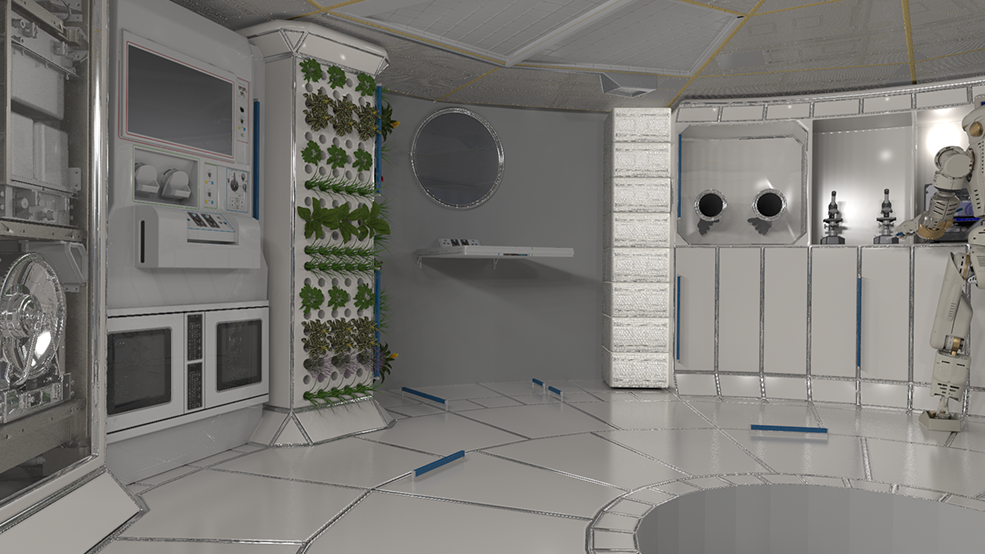HOME away from home
If we intend to explore the Moon or Mars, astronauts need smart habitats that will support life and remain operational when they are vacant. We are combining AI and traditional engineering to enable a habitat to process its own data and pass recommendations on to robotic systems or astronauts.
If we intend to explore the Moon or Mars, astronauts need smart habitats that will support life and remain operational when they are vacant. To advance the design of autonomous systems for space habitats, NASA is funding a multi-university Space Technology Research Institute called Habitats Optimized for Missions of Exploration, or more fittingly, HOME.
Mario Bergés, associate professor of civil and environmental engineering (CEE), is leading the Carnegie Mellon University research team working under the auspices of HOME. Their task is to enable complete situational awareness in the habitat by providing it with capabilities to process and interpret its own data and make decision recommendations that can be passed on to robotic systems or suggested to human occupants.
“Space is harsh and errors can be catastrophic, so we need autonomous systems that are very good,” says Bergés. One idea the team is exploring is the application of artificial intelligence (AI) to analyze equipment data to understand electricity use in the habitat. If we know how power is consumed, we could learn the status of all the electric-powered systems in the habitat.
Space is harsh and errors can be catastrophic, so we need autonomous systems that are very good
Mario Bergés, Associate Professor, Civil and Environmental Engineering
We have experience conducting data analysis for equipment on Earth, but we have to learn how to translate this knowledge to the context of space and specifically to the systems in these habitats.
For example, on Earth we have a variety of air-conditioning systems, and we can figure out where potential faults are and how they happen. But in the new habitats, all the systems will be one-offs. “How do you conduct automated fault detection and diagnosis without a lot of system data? This is where AI comes in,” says Bergés. “We have machines that learn by themselves if you give them enough data, but we don’t have a lot of machines that can reason by using existing engineering knowledge, which can reduce the amount of data they need.”
To rein in the amount of data needed to detect equipment faults throughout the habitat, the team will collect electrical measurements. This data will be shared with robotic systems that will process it and act on the physical environment, and, in theory, enable the habitat to maintain itself.

Source: NASA
Illustration of the interior of a deep space habitat.
The CMU team is comprised of Bergés, an expert in sensing and data analysis for infrastructure; Burcu Akinci, a CEE professor and expert in information modeling; and Stephen Smith and Artur Dubrawski from CMU’s Robotics Institute, who will lead research on machine learning and robotic systems. CMU’s research will feed into other projects underway in the institute.
HOME is funded for five years for approximately $15 million, and NASA may apply recommendations spinning out from the institute before the funding period ends. According to Bergés, CMU’s research could potentially inform the design of a gateway station that will orbit the Moon as part of NASA’s deep-space exploration plans.
Bergés believes that civil engineers will play a role in space exploration. “Since the beginning, civil engineers have been the stewards of the infrastructure that supports modern life. If humanity is moving into space, it makes sense for civil engineers to be part of that.”
